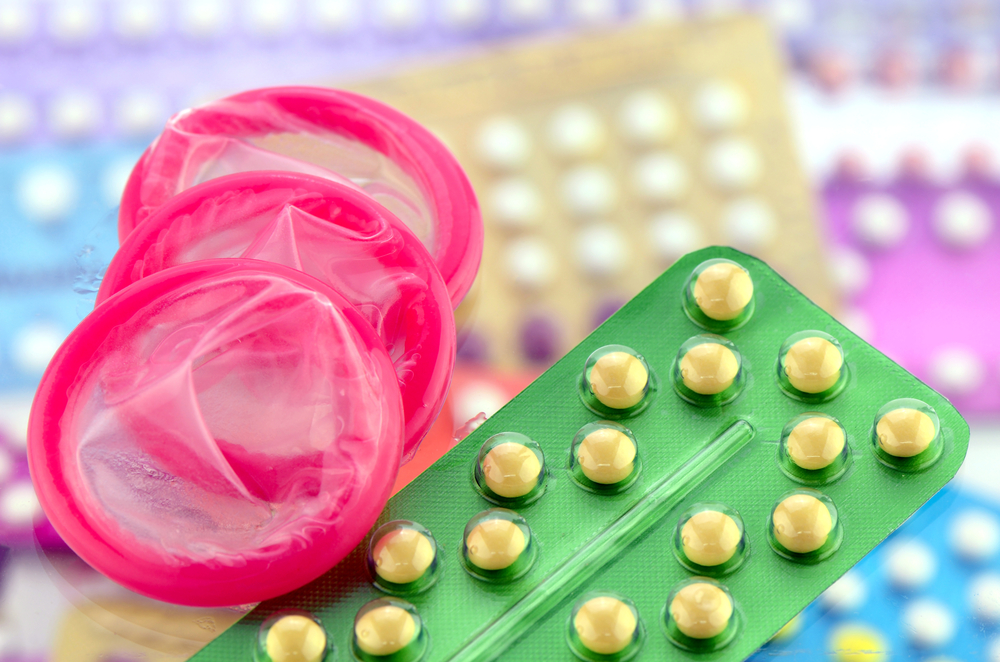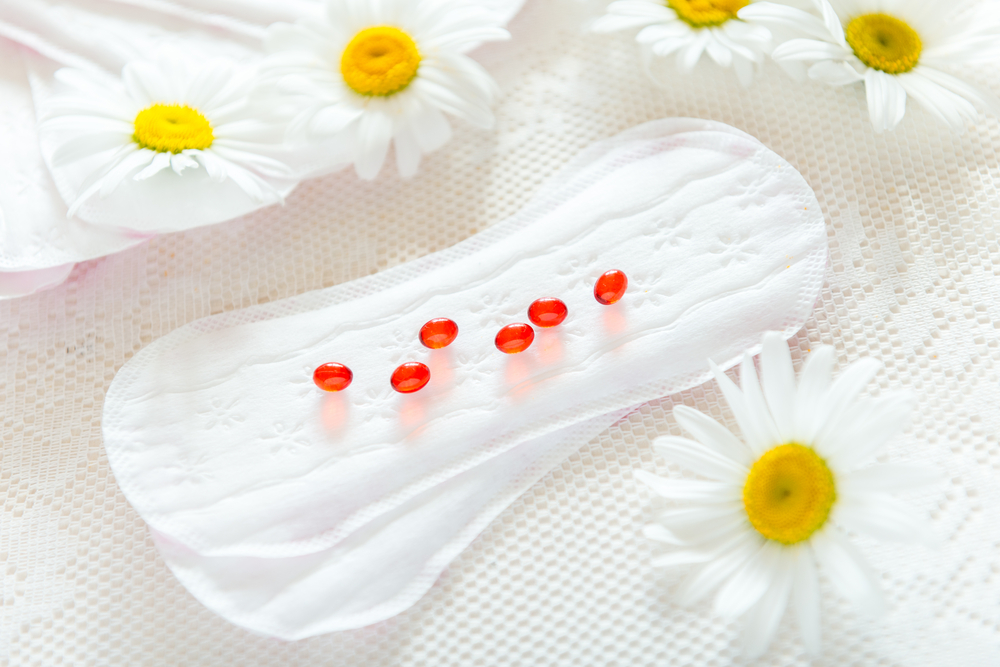This comparison chart provides various birth control methods, along with their reliability factors, pros and cons, and also advantages and disadvantages. The information will give you and your partner knowledge about a variety of conception methods, including intrauterine devices (IUD), hormonal methods (pills, ring, patch, injection, and implant), spermicidal methods, and family awareness methods (rhythm, body temperature, billings, and sympto-thermal).
While these mentioned methods are primarily female related, there are two methods that also include men. These are sterilization (tubal ligation for women and vasectomy for men) and barrier methods (male and female condoms). As a woman, or together as a couple, it is critical for you to be well informed about all available options. This chart is a compilation of currently available choices. It is wise to review the options with your health care practitioner from time to time to determine if the contraception method you are currently using is the best for your healthy lifestyle. I hope this knowledge will empower you.
Birth Control Methods Comparison Chart
| Method | Reliability | Protection against HIV/STDs? | Pros and Cons |
|---|---|---|---|
| Intrauterine Devices (IUD/IUS) | |||
| (All) | 99% | No | Pros: Longevity/Low side effect profile/High initial cost, but low cost when averaged for the lifespan of device. Cons: Recommended principally for women in monogamous relationships. Can be expelled or become dislodged. Not recommended for women with fibroids. |
| ParaGard (Copper T) IUD | ParaGard can stay in place for up to 10 years. Fertility usually resumes immediately when removed. Can be accompanied by an increase in volume and duration of menstrual flow. | ||
| Mirena IUS | Mirena can remain in place for 5 years. Possible delay in return of fertility once Mirena IUS is removed. Releases levonorgestrel (LNg), a synthetic progestin, just in the uterus. Reduces menstrual volume eventually, but spotting can occur in initial 6–12 months.May cause benign ovarian cysts.Can rarely cause hormonal side effects similar to those seen with oral birth control pills, such as mood swings, breast tenderness, headaches, and acne. | ||
| Sterilization | |||
| (All) | Greater than 99% | No | Pros/Cons: Surgical risks. Permanent way to no longer become pregnant. Cost-effective over time.These methods can in some (few) cases be reversed, depending on the method and the individual. |
| Tubal ligation (female) | Tubal ligation immediately effective. | ||
| Vasectomy (male) | Vasectomy is not immediately effective; it may take months before full sterility is achieved. The man must follow up with the practitioner to be sure that the vasectomy was successful. | ||
| Hormonal Methods | |||
| Birth control pills (BCP)
(Oral contraceptive pills —BCPs/OCPs) Options include: —20–35 mcg combined pills —Regular or extended-cycle use pills —Pills with shortened pill-free interval option —Progestin-only mini-pills |
95–99% | No | Pros: High rate of efficacy. Relatively convenient. Multiple options available. Regulates menstrual cycle. Decreased risk of endometrial and ovarian cancer, endometriosis, pelvic inflammatory disease (PID).Cons: Undesirable risks and side effect profile in some women. Not affordable for all women. May have drug interactions. |
| Vaginal ring (NuvaRing) | About 99% | No | Pros/Cons: Same as w/BCPs, see above.Other advantages: Privacy.Use allows for more normal vaginal moisture and flora, reducing yeast infections for some women. Protection from pregnancy one month at a time.
Other disadvantages: Contraindicated with certain pelvic conditions, for example, uterine prolapse, endometriosis, susceptibility to irritation, etc. |
| Transdermal birth control patch
(Ortho Evra) |
About 99% (less reliable for women who weigh more than198 pounds) |
No | Pros/Cons: Similar to those of BCPs, see above, except exposure to synthetic estrogen is about 60% higher, with resultant higher risk profile for thromboembolic events. |
| Depo-Provera injection | 99.7% | No | Pros/Cons: Same as w/BCPs, see above.Other advantages: Effective 24 hours after injection.
Other disadvantages: Side effects can be significant and long-lasting, including reduction in bone density, depression, and weight gain. |
| Contraceptive implants | 99% | Pros: Longevity: Different systems last from 3–5 years.Fertility returns relatively quickly.Cons: Can be difficult to remove. Potential for scarring. Side effects can in some cases be significant and long-lasting. | |
| Barrier Methods | |||
| Male condom | 87–98% | Yes, except for sexually transmitted infections (STI) contracted from genital areas not covered* | Pros: Convenience and availability.Multiple options.Inexpensive.Allows greater male partner participation.Cons: Reduced spontaneity. Reduced sensation. Some users experience allergies. |
| Female condom | 79–95% | Yes; only abstinence provides better protection* | Pros: Can be placed up to 8 hours in advance. Good protection against STIs. Does not require fitting by health care practitioner.Cons: Only 1 style currently available. More costly than male condoms. |
| Female cervical cap | Varies: 68–91% | No | Pros: Can be inserted up to 6 hours in advance. Very few side effects. Several designs on the market.Cons: Relatively low efficacy, *especially in women who have given birth. Some types require fitting by health care practitioner; limited to 4 sizes. Not widely available.Some users experience allergies. |
| Spermicidal Methods | |||
| Today Sponge | 89–91** | No | Pros: Immediate and continuous protection for 24-hour period. One size fits all and easy to insert. Cons: Cost. Removal can be tricky for some. Some users experience sensitivities/allergies to spermicide. |
| Diaphragm with contraceptive jelly or foam | 80–94% | Some* | Pros: Few side effects. Can be inserted up to 6 hours in advance.Can be used for intercourse during menses to collect flow.Cons: May reduce spontaneity. Requires fitting/periodic refitting. Some users experience allergies. Some consider method to be “messy”. |
| Vaginal contraceptive film, foam, inserts | 74–94%; efficacy maximal when used in conjunction with barrier method | No | Pros: Readily available. Relatively inexpensive.Lubrication.Cons: No protection from STI/HIV infection. Some users experience irritation and/or allergies. “Messiness” factor. Must be inserted within an hour before intercourse. |
| Fertility Awareness Methods (FAM): | |||
Examples:
|
88–98% | No | Pros: Zero health risks or side effects. Enhances body awareness and partner intimacy. Inexpensive.Cons: Requires significant partner education, cooperation, and daily attention. Relatively high failure rate. Not ideal in perimenopause years or for women with otherwise irregular cycles. |
* Assumes perfect use, that is the method is used correctly each and every time. Actual effectiveness rates vary significantly. Statistics from Our Bodies, Ourselves (Boston Women’s Health Book Collective, 2005).
** McClure, D., & Edelman, D. (1985). Worldwide method effectiveness of the Today vaginal contraceptive sponge. Adv. Contracept. 1: 305–11.
Refer to our other articles about birth control for more information.








